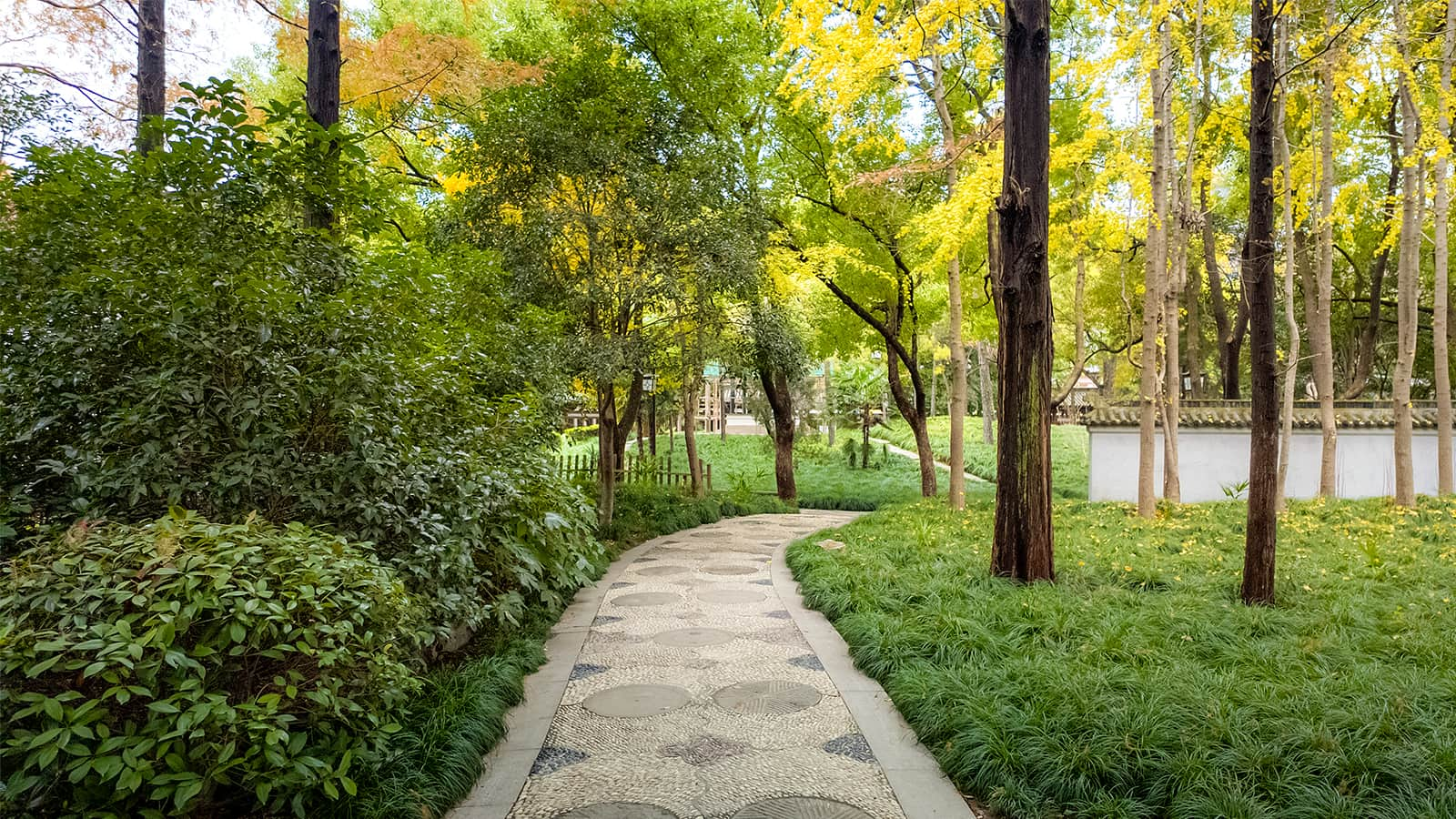Science
Urban Green Spaces Face Climate Risk Due to Soil Homogeneity

Research reveals that urban parks and residential green spaces may be at a greater risk from climate change due to reduced soil biodiversity. A study led by a team of international researchers, including Scott Chang from the University of Alberta, found that while these urban areas exhibit higher overall biodiversity compared to nearby natural forests and farmlands, they also show significant homogenization in microbial populations, which could hinder their resilience to environmental stresses.
The study, published in the journal Nature Cities, analyzed over 200 soil samples taken from 13 Chinese cities situated in various climate regions. Researchers examined microbial communities across four land-use types: forests, farmlands, urban parks, and residential green spaces. The results indicated that urban parks and residential areas contained a richer diversity of microorganisms, including bacteria, fungi, and protists, compared to their forest counterparts. Specifically, the number of microbial species in urban parks increased by 14 to 17 percent, while residential areas displayed a 15 to 20 percent increase in bacterial and protist diversity.
This elevated microbial richness is largely attributed to urban management practices, such as liming and fertilization, which enhance soil pH levels and create more favorable conditions for diverse microbial species. However, the study also uncovered a concerning trend: while urban soil communities are diverse on a local scale, they exhibit a marked homogeneity across cities, becoming approximately 13 percent more alike when compared to nearby forests.
According to Scott Chang, this loss of ecological uniqueness in urban soils could have serious implications. “There is a risk for those otherwise locally diverse microbial communities to respond to large-scale environmental changes all in a similar way,” he noted. This uniform response may ultimately lower ecosystem resilience, making urban green spaces more vulnerable to extreme weather events and other climate-related challenges.
The findings highlight the need for urban planners and environmental policymakers to consider the implications of soil biodiversity loss in city landscapes. Effective management strategies must be implemented to prevent the homogenization of soil communities and to safeguard urban ecosystems against the impacts of climate change. This research serves as a critical reminder of the intricate relationship between urbanization and environmental sustainability, underscoring the importance of preserving biodiversity even in urban settings.
-

 Education3 months ago
Education3 months agoBrandon University’s Failed $5 Million Project Sparks Oversight Review
-

 Science4 months ago
Science4 months agoMicrosoft Confirms U.S. Law Overrules Canadian Data Sovereignty
-

 Lifestyle3 months ago
Lifestyle3 months agoWinnipeg Celebrates Culinary Creativity During Le Burger Week 2025
-

 Health4 months ago
Health4 months agoMontreal’s Groupe Marcelle Leads Canadian Cosmetic Industry Growth
-

 Science4 months ago
Science4 months agoTech Innovator Amandipp Singh Transforms Hiring for Disabled
-

 Technology3 months ago
Technology3 months agoDragon Ball: Sparking! Zero Launching on Switch and Switch 2 This November
-

 Education3 months ago
Education3 months agoRed River College Launches New Programs to Address Industry Needs
-

 Technology4 months ago
Technology4 months agoGoogle Pixel 10 Pro Fold Specs Unveiled Ahead of Launch
-

 Business3 months ago
Business3 months agoRocket Lab Reports Strong Q2 2025 Revenue Growth and Future Plans
-

 Technology2 months ago
Technology2 months agoDiscord Faces Serious Security Breach Affecting Millions
-

 Education3 months ago
Education3 months agoAlberta Teachers’ Strike: Potential Impacts on Students and Families
-

 Science3 months ago
Science3 months agoChina’s Wukong Spacesuit Sets New Standard for AI in Space
-

 Education3 months ago
Education3 months agoNew SĆIȺNEW̱ SṮEȽIṮḴEȽ Elementary Opens in Langford for 2025/2026 Year
-

 Technology4 months ago
Technology4 months agoWorld of Warcraft Players Buzz Over 19-Quest Bee Challenge
-

 Business4 months ago
Business4 months agoNew Estimates Reveal ChatGPT-5 Energy Use Could Soar
-

 Business3 months ago
Business3 months agoDawson City Residents Rally Around Buy Canadian Movement
-

 Technology2 months ago
Technology2 months agoHuawei MatePad 12X Redefines Tablet Experience for Professionals
-

 Business3 months ago
Business3 months agoBNA Brewing to Open New Bowling Alley in Downtown Penticton
-

 Technology4 months ago
Technology4 months agoFuture Entertainment Launches DDoD with Gameplay Trailer Showcase
-

 Technology4 months ago
Technology4 months agoGlobal Launch of Ragnarok M: Classic Set for September 3, 2025
-

 Technology4 months ago
Technology4 months agoInnovative 140W GaN Travel Adapter Combines Power and Convenience
-

 Science4 months ago
Science4 months agoXi Labs Innovates with New AI Operating System Set for 2025 Launch
-

 Top Stories2 months ago
Top Stories2 months agoBlue Jays Shift José Berríos to Bullpen Ahead of Playoffs
-

 Technology4 months ago
Technology4 months agoNew IDR01 Smart Ring Offers Advanced Sports Tracking for $169










